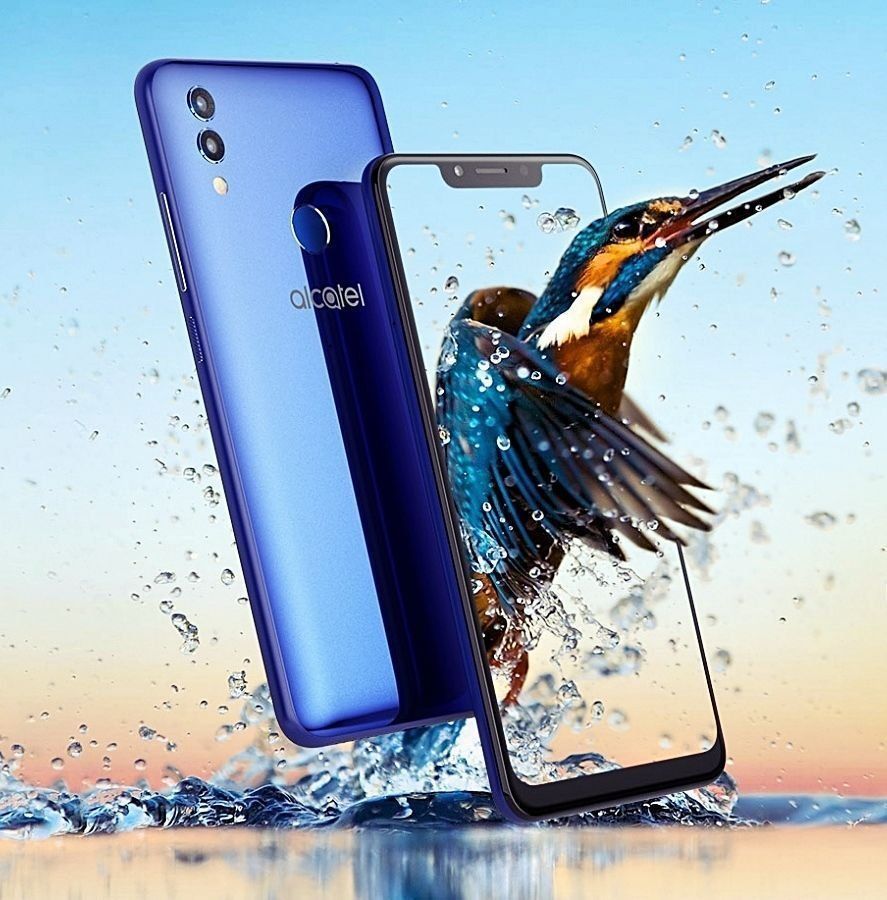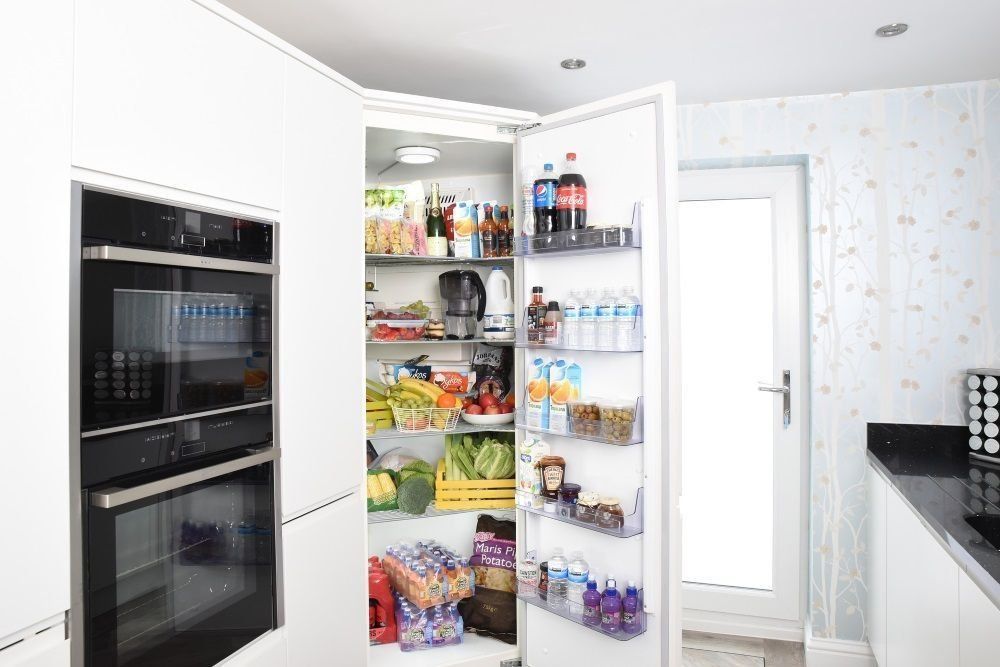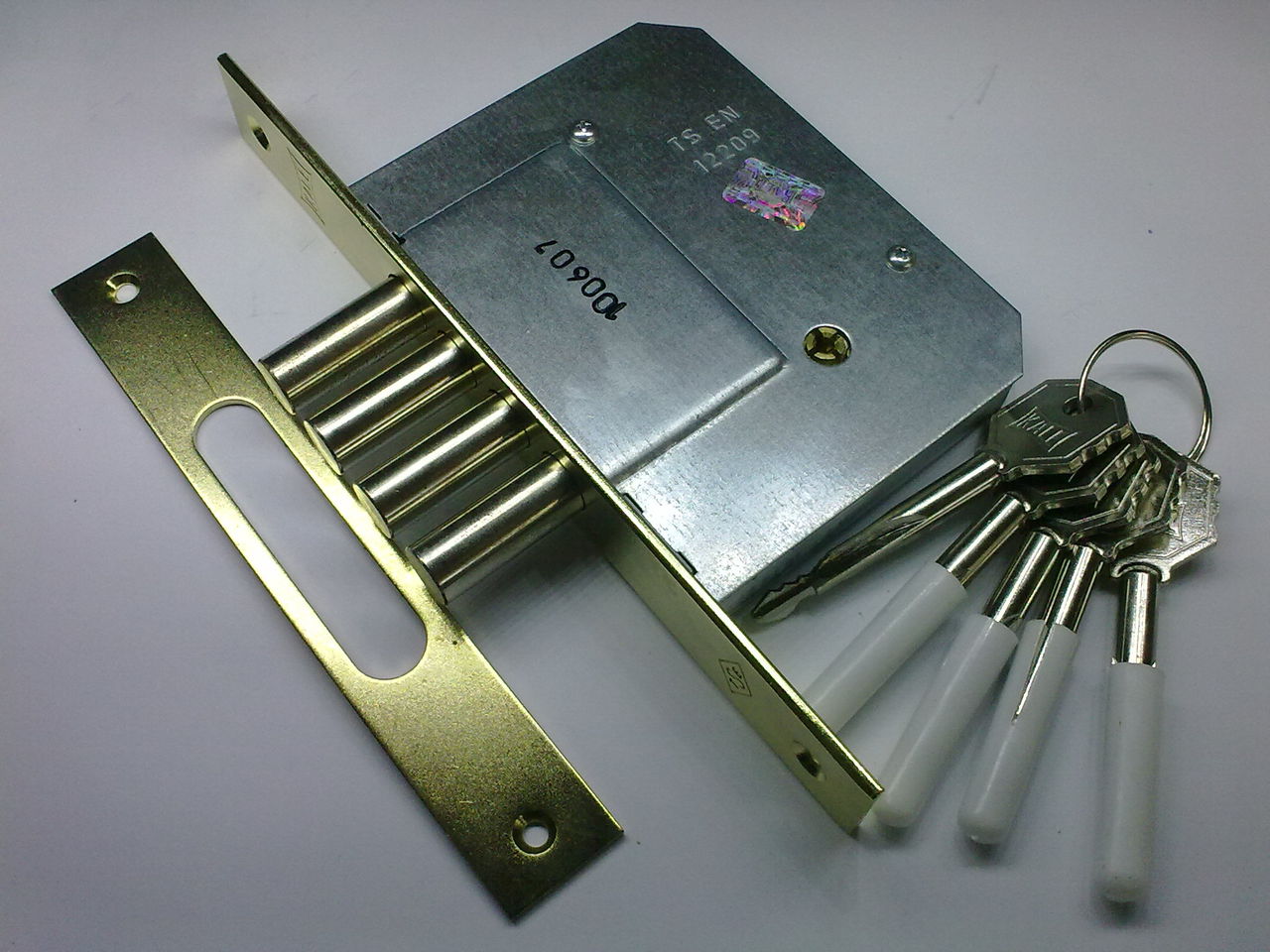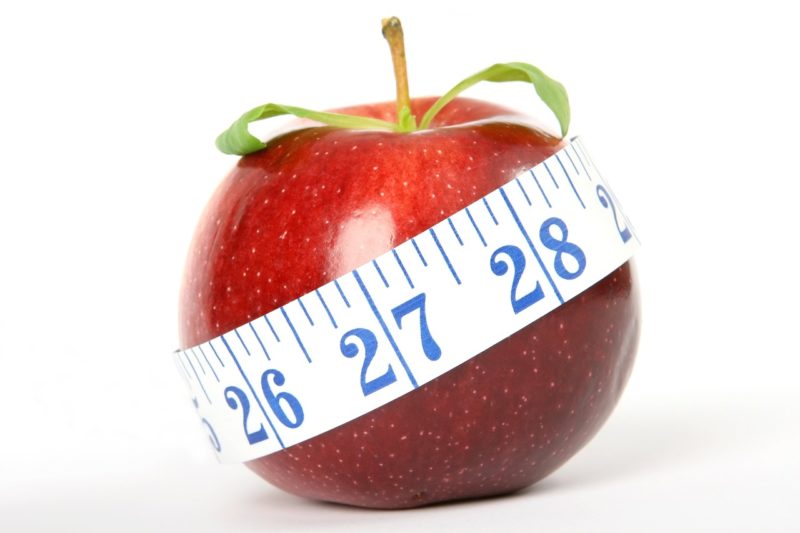Smartphone Meizu M8c - advantages and disadvantages
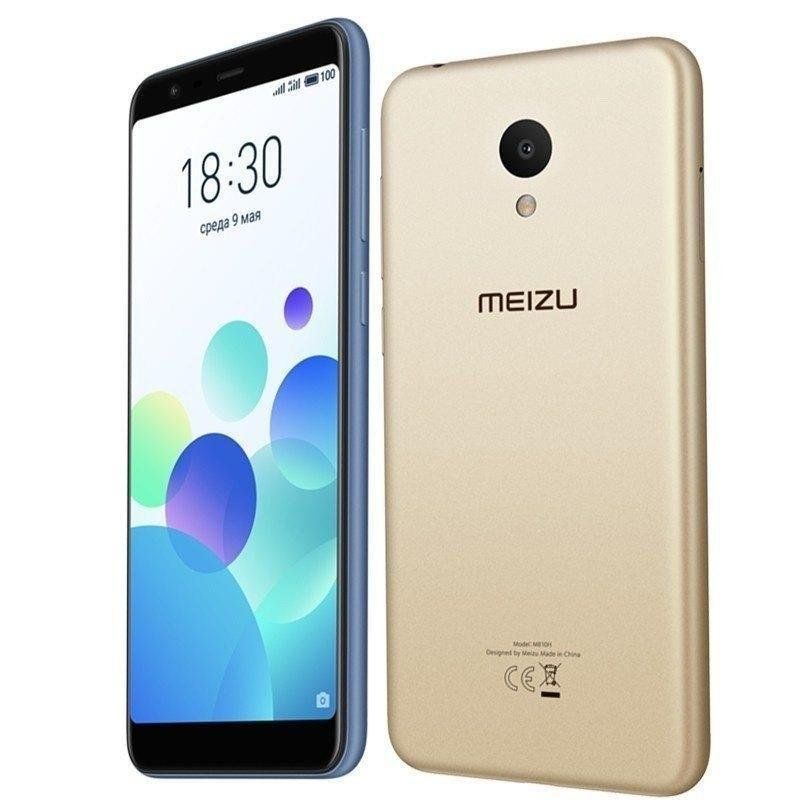
Meizu M8c is a budget smartphone with strong specs. The creators paid attention to the large display, sound and camera, ensured stable performance and charging. All functions are clear, it is pleasant to work. Meizu themselves, in terms of their characteristics, may not be the absolute best manufacturers of smartphones with Android, but they are definitely included in the rating of quality performers. Excluded in the M8c, however, the fingerprint scanner and contactless payment, but rather did it to focus on the fundamental tasks of the device.
Content
Ease of use: what did the manufacturers take care of?
So, at the price at the start of sales - 9,990 rubles or 50,000 tenge.
Meizu m8c - station wagon. With it, you can work carelessly in applications, talk, listen to music, take good photos, and not charge the phone during the working day.The results will not disappoint those who, when choosing which model to buy, do not have strict requirements regarding a powerful camera or an eternal battery, but are looking for a smart device that works out all the declared functions as needed.
Materials, interface, assembly - the manufacturers approached everything responsibly.
materials
The case is plastic, but of high quality: odorless and durable. Coated plastic. The coating is matte, slightly rough, due to which the body is not slippery and pleasant to the touch. True, there is a drawback - it wears out when worn carelessly, scuffs appear.
The display is made of tempered 2.5D glass with an oleophobic coating. 2.5D glass means that the edges of the glass are rounded to give the screen a three-dimensional effect. Fingers glide along the oleophobic coating as needed, do not leave prints and scratches - glass without such a coating gets dirty and resists finger movement. The screen is resistant to scratches and other damage even without a protective film. There are owners who have repeatedly dropped Meizu phones, but there was not a scratch on the screen. Although no one is immune from damage, such indicators are more reassuring than the statistics of some other smartphones with a less stable stack.
Design
There are four colors to choose from: black, blue, red, gold. By the way, the red color is not so common as the main one, so it can be written as an advantage. The frames around the display are black for the black and blue cases, white for the gold and red ones.
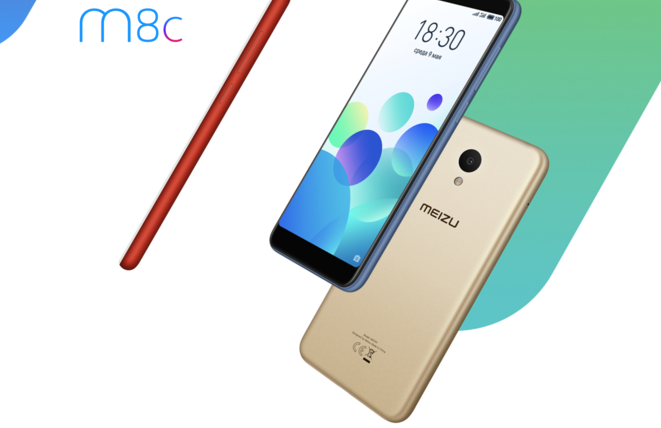
The phone is monolithic - does not understand. All transitions are smooth and dense, there are no staggering structures to be found. It gives the impression that they assembled the phone with all responsibility, and painted with love for ergonomics and details.
The assembly is minimalistic: on the back there is only a camera, a flash and the Meizu logo, on the front there is nothing but an inconspicuous set on the top frame: a pair of sensors, a camera and a speaker. Narrow frames take up little space, the entire main part of the front is a solid screen. Now this is what the most popular models look like. There are no buttons or logos on the front - nothing distracts from work, which is what you expect from a phone.
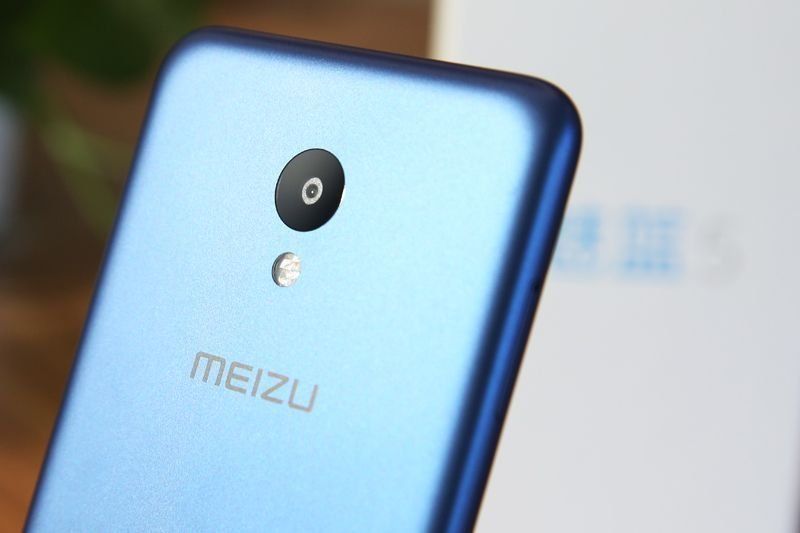
About what's on the other side. The camera eye on the back cover is round and flat – it looks solid, but it seems not protected from accidental scratches. It is located in the center, and not in the corner, as on many smartphones, below the flash. The logo is almost in the middle of the lid, it's good that Meizu has a simple and beautiful one.
On the top edge there is a 3.5 mm headphone jack. On the bottom is a micro-USB connector for charging, and a speaker and a microphone symmetrically on both sides.
On the right side there are mechanical volume and power buttons, on the left side there is a built-in slot for a dual sim card.
The slot is designed for two nanoSIM cards. Instead of one, you can use a memory card up to 128 GB. With 16GB of main memory, a card is likely to need such a flash drive.
The dimensions of the device, despite the large 5.45-inch display, are very loyal. Due to the thin frames in the hand, it lies like a five-inch device, does not fall out anywhere, and due to the elongated proportions, it is adapted for typing with one hand.
Display
In Meizu m8c, the aspect ratio of the display is 18: 9, which all new items are now striving for. Previously, 16:9 was the standard, but the market is evolving and changing benchmarks. 18:9 is 2 to 1, which allows you to work in two different applications on the same screen without compromising any of them in space.For video viewing in the future, this ratio will also be optimal, although so far the rapid change in video formats is not noticeable.
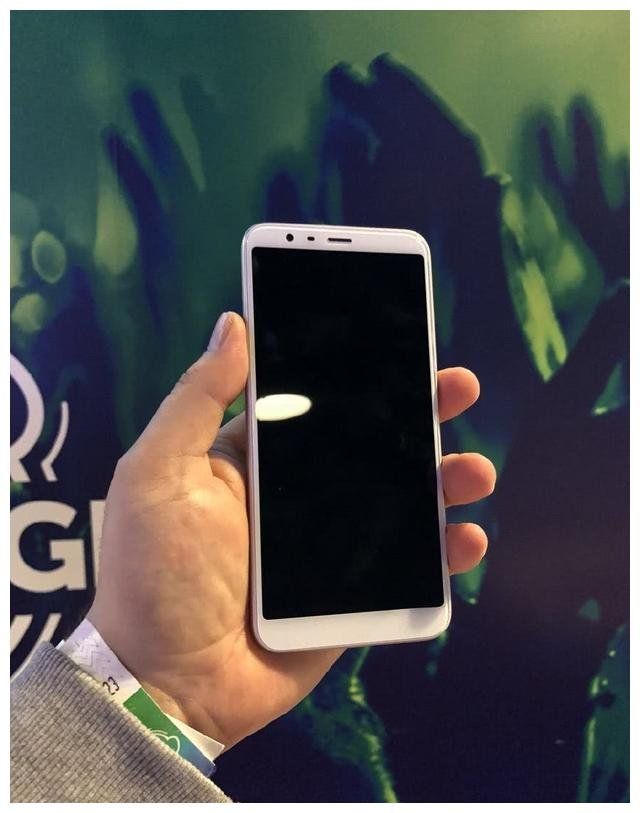
Since standard screen resolutions do not fit this ratio, the resolution here is HD +, that is, 720 by 1440 pixels. It's not fullHD +, which is a bit of a shame for 2018, but the image is still clear and even. Pixels can not be considered - this, by the way, is the advantage of the IPS-matrix.
The IPS-matrix, which is used for this device, reproduces colors well, retains their saturation and density. The distortion of shades can be noticed only if you specifically pay attention to them at sharp angles, trying to distort the view. For those who do not fundamentally relate to 100% color reproduction, these shortcomings will not be obvious and they will like the picture.
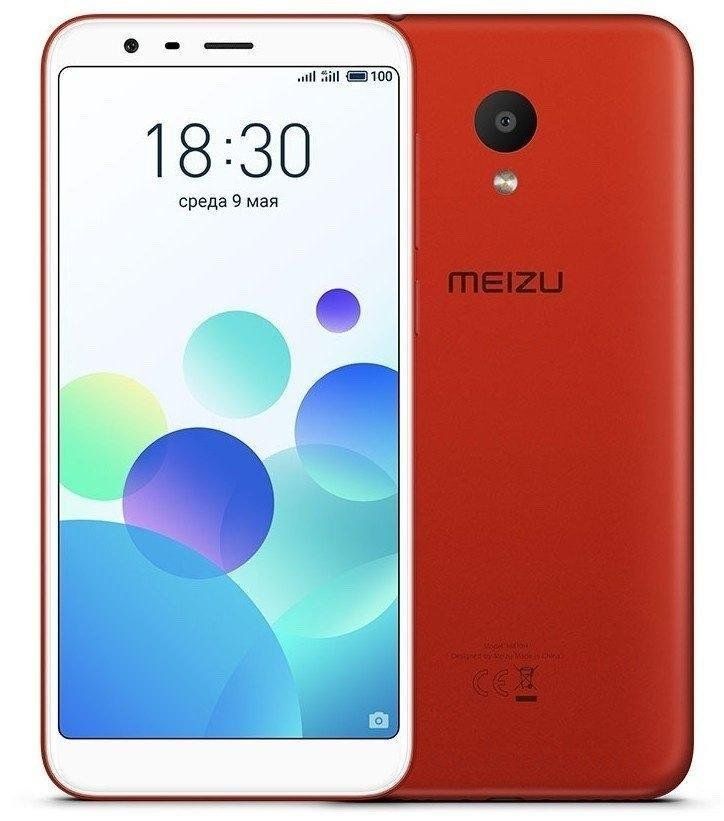
Brightness 450 cd / m2 - the average value. What a low limit, what a high one is quite adequate. At night, the minimum brightness does not cause irritation, and you can additionally increase comfort by adjusting the saturation of the screen to warm tones in the settings. Maximum brightness in the sun allows you to see all the details of the images. You don’t have to remember that nothing is visible on old devices in the bright sun. Auto-brightness is sensitive: when the light is turned off, a powerful charge of light quickly adapts to a neutral one so as not to hit the eyes, and when it enters the sun from a dark room, on the contrary, it is highlighted so that everything can be seen. If the owner turns off auto-brightness, then in the next couple of hours he will understand well how much work this feature takes on.
The touch screen supports up to ten touches and is quite responsive.The oleophobic coating contributes to the correct coordination of the wearer's fingers, so the response to actions is correct and fast.
Interface
The proprietary Flyme interface is the standard of simplicity and convenience on the Android platform. Here, manufacturers did not bother with some one-time chips. Instead, they honed in on the features that should work well: calls, photo editing, access to files and settings. This approach seems obvious, but the reality is that the classic use case remains a usability issue for some manufacturers.
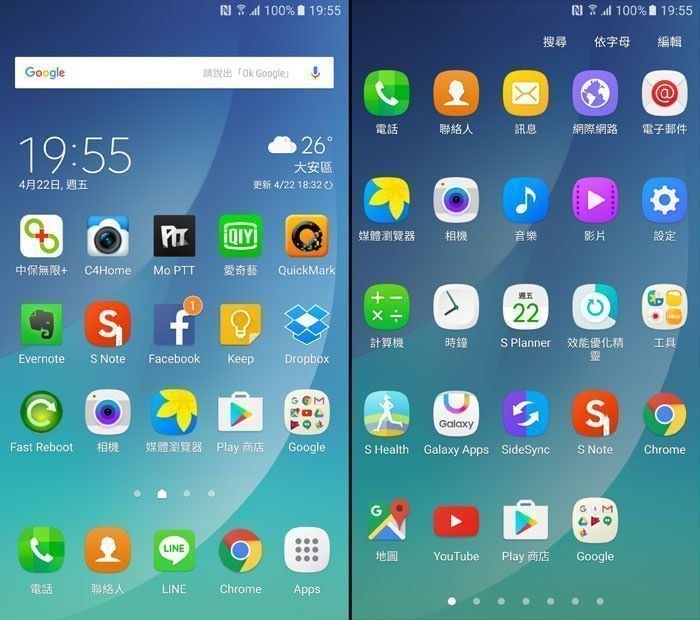
On the lock screen - large time, date and area for notifications. Incoming notifications are grouped by sender and scrollable. You can remove them from the screen as a group.
To open quick settings, you need to swipe your finger across the screen from top to bottom. It doesn't matter if the phone is locked or unlocked. Quick settings allow you to control features such as: Wi-Fi, Internet, sound, brightness, auto-rotate, and even turn on the flashlight.
Desktop with a fixed 4x5 grid and large icons. In the settings, you can set the mode for children with large icons and a 2x4 grid. Applications on the desktop can be manually grouped.
Pleasantly arranged calls. When a call comes in, a photo of the caller with the name and operator expands half the screen. If the photo is not set or it is not a person from the contact list, then a cute picture is substituted. Again, the call functions are represented by large icons: add a note, turn off the sound, add a call, turn on the speakerphone, open the keyboard and record a call.
It should be noted the colors and images of the icons - psychologically very comfortable, easy to remember and associated with their tasks. Designers know how to make friends with the device owner.
The file manager keeps a Recent folder - all the latest documents and files can be found here.
The photo gallery is a surprisingly convenient thing. It groups photos into selfies, series, screenshots, and contains a built-in photo editor. Photos can be flipped by simply holding and controlling the image with two fingers. You can put captions on the image itself, crop it, outline important parts with different markers - and all this is clear without reading the instructions. There are even arrows and figures: an ordinary screenshot can be fully formatted and sent to a friend or technical support. There is also a classic editor set: with brightness, blur and other features.
The security manager includes antivirus, spam filter, energy saving and application management.
You can back up the contents of your smartphone and transfer them to another device. The memory management system itself will tell you when to clean what, what duplicates there are and how much space is left.
The current firmware for the model is Flyme 6.3.5.1RU, localized for Russian users: it meets the Russian requirements of Google, is better adapted to the Russian language, prepared for Russian conditions. For those who wish, the Flyme 6.3.5.1G global firmware is also available.
Equipment
The package bundle is modest - a 1.5-amp power adapter, a microUSB cable and a clip for the SIM card slot were put in the box with the phone. The length of the cord is 1 meter. Of course, there is also documentation.
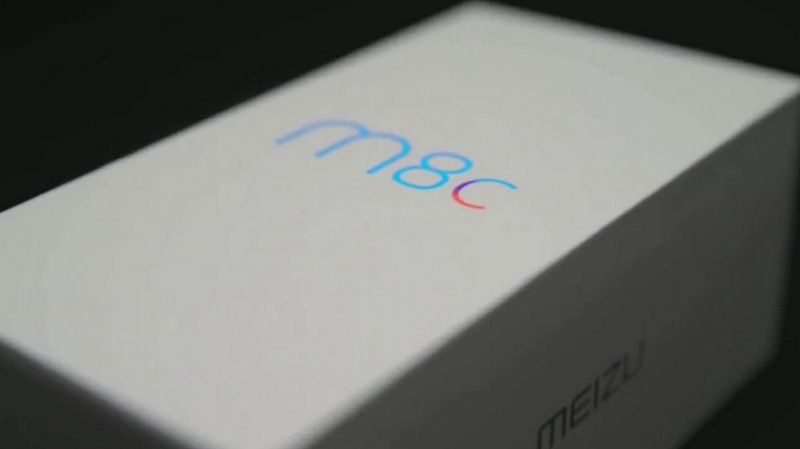
If you don’t find fault with the lack of headphones, which is the norm for Meizu, but comment on the quality of the packaging itself, then taking the phone out of the box from Meizu you experience a certain thrill - it’s so well assembled. I am pleased with the quality box, the perfectly measured compartments for the elements and the way everything is neatly packed together.
Functional
Camera
Standard two cameras without unique bells and whistles - front and rear. Competitive in its segment, although those who choose a phone exclusively for high-quality photos may lack some parameters: for example, the capabilities of a dual camera.
The main rear camera at 13 Mpx is single and without bells and whistles. In diameter, F / 2.2 is the standard value for the segment. Great attention to the modes and feature sets for both the front and rear cameras. There is autofocus and LED flash.

As a phone camera at a price of 10,000 rubles, the main camera takes decent pictures. Photos in natural daylight are of high quality: sharpness is high, but not excessive, color reproduction is complete. Contrast and white balance are natural. Autofocus works correctly, but not always instantly. Cool pictures are obtained in HDR mode. There is a re-focus blur effect, and if you figure out how to use it, you can achieve very effective photos. Focusing is also manual, by highlighting the desired area. Built-in modes such as slow motion, panoramic, macro, GIF, QR code scanner. A set of filters that can be selected in advance or already on the finished photo.
Sample photo:
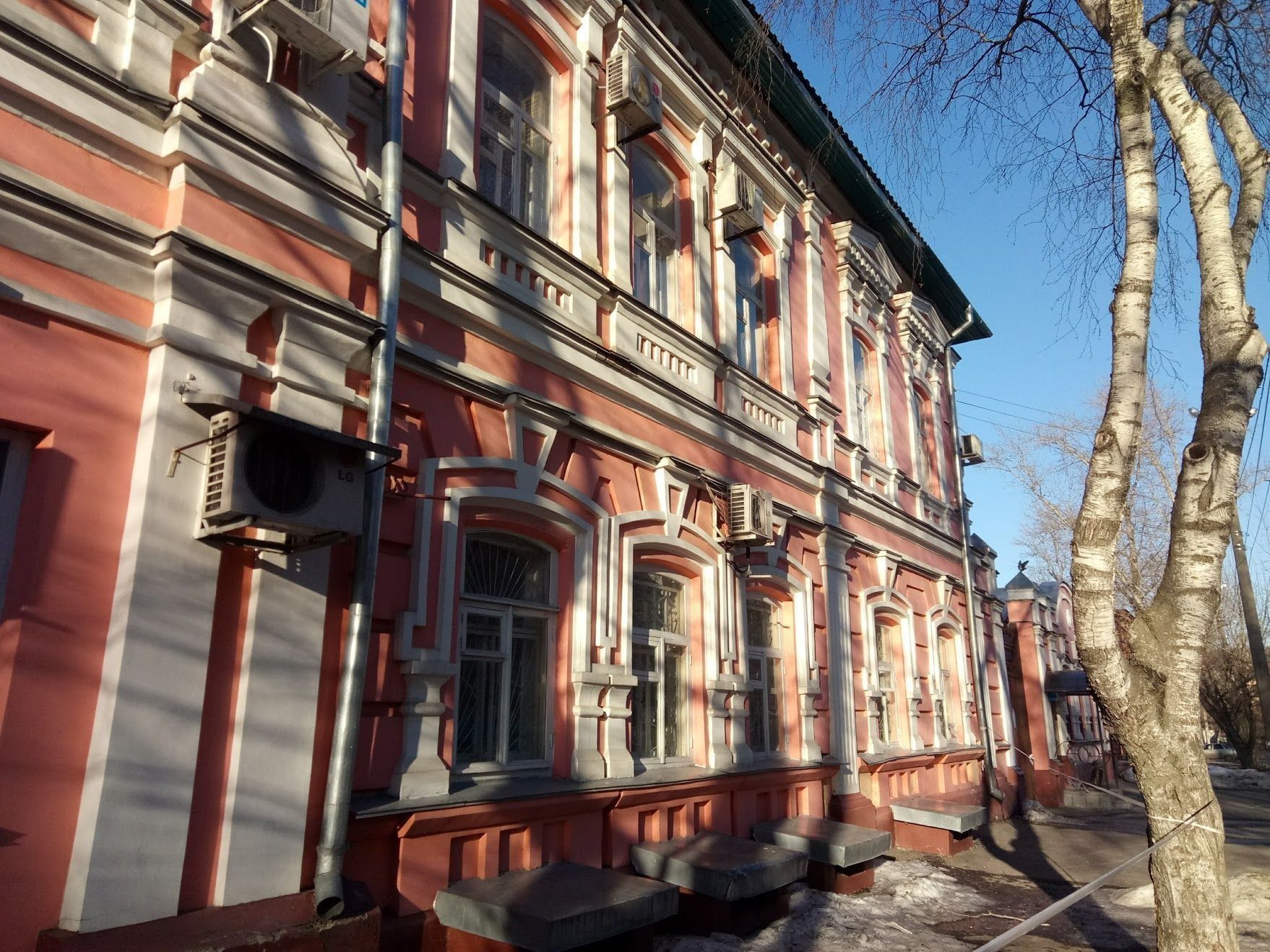
At night, it takes pictures like other inexpensive smartphones - not very impressive even with a flash. Video shoots only in FullHD, but the stabilization is not impressive.

The front camera is 8 megapixels in diameter F / 2.0, which is a decent indicator for a smartphone for 10,000 rubles. The Chinese love beautiful selfies and develop functions for them in their smartphones. In addition to the modes available in the main camera, there is a smart mode for the front camera that evens out the skin and facial features.
Sound
Loud and clear sound in both speakers: conversational and main. Reviews about the speakers in most cases are positive.
To communicate on the phone, the volume of the interlocutor is adjusted to a comfortable level, while the clarity of speech does not suffer. The ring tone is heard in most situations, but can be overpowered by the noise of an incoming train.
You can listen to music - there is no extra noise, but the sound transmission density is not accurate enough. Which company has better dynamics, there is no definite answer - as a rule, sound is not included in the priority selection criteria, so manufacturers do not bother. It should be noted that Meizu does not neglect the sound and uses as high-quality speakers as possible.
In headphones, music sounds great and is not inferior to flagship smartphones.
The main speaker of the device is installed on the lower edge, which contributes to the sound distribution evenly, in any position of the phone.
Performance
The basis of the phone is a Qualcomm Snapdragon 425 MSM8917 quad-core processor, 2GB of RAM and 16GB of internal memory. Graphics are provided by the Adreno 308 GPU.
Qualcomm is an indicator of stable performance for many, as can be seen from reviews regarding processors. This model is budgetary, focused on the average set of tasks, but not on the ability to fly under superload.For example, running applications in the background, switching from one messenger to another, periodically launching the camera, playing music and surfing the Internet will be within the power of the processor if all this is done measuredly, without trying to reproduce the entire list in a few seconds.
If 16GB of memory is not enough, then you can insert a memory card into the slot for the second SIM card. A flash drive can be no more than 128GB.
Games
The smartphone is a budget all-rounder that can support the love of games, but was not planned as a partner in regular battles with demanding graphics.
Any game will run on the device, and it will withstand even medium graphics settings with dignity. Heavy games at high settings will slow down, since the processor is quite simple. Although at the minimum settings there will be no lags even in heavy games, with rare exceptions.
For those who rarely play with toys, for example, on the way to work or at school recess, the model will suit. Also suitable for undemanding toys. For hardcore gamers and fans of active games, as the main device will not pull.
Standards: communication, internet, navigation
Meizu m8c is made, among other things, for a Russian client, and therefore all standards are focused on those supported in Russia.
As for communication, these are GSM 900/1800/1900, 3G, 4G LTE standards and most of the bands supported here: TD-LTE (band 40), FDD-LTE (1, 3, 5, 7, 8, 20). On Wi-Fi, the current standard is 802.11n. No LTE-Advanced, no Wi-Fi Direct.
Other features: there is bluetooth - this is Bluetooth 4.1, a wired connection via USB, GPS navigation. Oddly enough, but there is no FM radio.
autonomy
As for the work without recharging, then the indicators are simple - not lower, but not higher than the classic values.
The battery holds a charge for a day with low activity of use, but if you turn it on and forget it somewhere on a shelf, then in a week it will most likely still work. In active mode without games, daylight hours will last, but in the evening it will require charging. By active mode, we mean the following actions: surfing the Internet and settings, making calls and using applications, taking selfies on the way to work.
3070 mAh is not bad, but not the leading battery capacity among modern smartphones in 2018.
Budget smartphones are usually all with a similar battery.
It is worth noting that the filling of the phone consumes energy optimally and does not wear out the battery, so the autonomy characteristics will be the same in a year with reasonable use.
Fingerprint scanner and NFC chip
Unlocking the phone is possible only with a password: graphic or digital. There is no fingerprint scanner, as well as contactless payment, which in 2018 is a significant drawback for active users.
Nevertheless, the motivation for the lack of these opportunities is explainable by the target audience. Not everyone is ready to trust fingerprints and banking data to the phone, or do not consider it necessary, but everyone wants stable functionality from the device. For those who are thinking about how to choose a universal productive phone without bells and whistles, the model has been created.
The average price of the device today is 9,120 rubles. In "physical" stores, as a rule, there is an extra charge, and how much a smartphone costs on the Internet and in the store may differ.Therefore, it is recommended that you familiarize yourself with the positions in online stores where you can profitably buy a smartphone in 2018.
As a result, the advantages and disadvantages of the smartphone:
- Display with progressive aspect ratio and good color reproduction;
- The design is minimalistic, as in popular models;
- The sound in the headphones is at the level of flagships;
- Stable performance;
- Convenient interface;
- The camera is good for its price segment.
- Lack of a fingerprint scanner;
- No NFC chip;
- sensitive casing.
new entries
Categories
Useful
Popular Articles
-

Top ranking of the best and cheapest scooters up to 50cc in 2022
Views: 131656 -

Rating of the best soundproofing materials for an apartment in 2022
Views: 127697 -

Rating of cheap analogues of expensive medicines for flu and colds for 2022
Views: 124524 -

The best men's sneakers in 2022
Views: 124041 -

The Best Complex Vitamins in 2022
Views: 121945 -

Top ranking of the best smartwatches 2022 - price-quality ratio
Views: 114983 -

The best paint for gray hair - top rating 2022
Views: 113400 -

Ranking of the best wood paints for interior work in 2022
Views: 110326 -

Rating of the best spinning reels in 2022
Views: 105334 -

Ranking of the best sex dolls for men for 2022
Views: 104373 -

Ranking of the best action cameras from China in 2022
Views: 102221 -

The most effective calcium preparations for adults and children in 2022
Views: 102015
